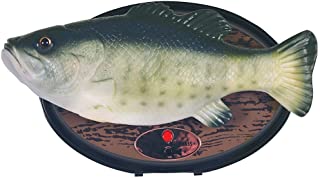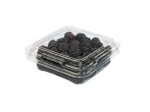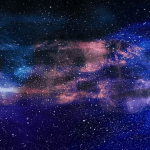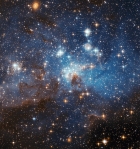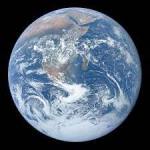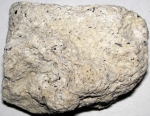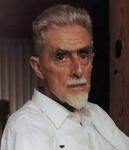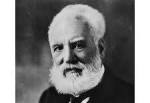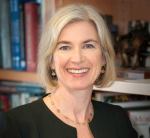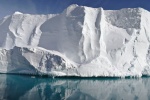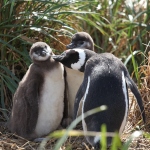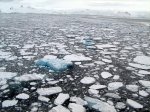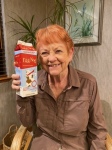Pixabay: Peter H
Human consumption is not just about food. It’s about clean water, clean air, energy sources, minerals, rock, sand, lithium, rubber, wood, all the ingredients that provide us with our homes, furniture, cars, clothing, tech devices, electricity, heating and cooling our homes, means of running our cars, sports equipment, entertainment, and other creature comforts. The increase in population and need for homes mean more natural land is being paved over for homes and agriculture.
To take one example, we are buying more clothing and discarding it sooner. The clothing industry accounts for 20% of our water pollution and remains only behind the fossil fuel industry in that regard. Every year the world consumes over 80 billion clothing items. In 2013 over 15 million tons of textile waste was produced according to the EPA. When clothing ends up in landfills. chemicals, such as dye, leach into the ground. When unsold clothes are burned, CO2 escapes—as much as 1.2 billion tons per a World Resources Institute report.
Amazon trees are being felled to make way for agriculture, reducing oxygen produced by them, and an environment for wild life. We buy knick-knacks, souvenirs, toys galore, decor for every holiday, political swag, gadgets for special uses or plain silliness—remember that awful fish on a board to hang on your wall that wagged its tail and talked or sang. When the last parent passes on, their belongings don’t. They are hauled to the dump by the truckloads.(Advice to the elderly is to clean out the attic so your loved ones are spared such trips.)
Plastic has been my bugaboo as it takes eons to degrade and is killing ocean life including the plankton that produce more oxygen than the Amazon forest. Containers for goods are next to unavoidable. We once used glass, but glass requires sand, of which there is not an infinite amount, and too much removal from some sites have had a negative impact. Cardboard originates from trees. Face it, we’re consuming at a faster rate than Mama Nature can provide.
I’m as guilty as the next person, seeking the perfect lemon squeezer, the foam pillow designed to prop my ipad in bed, plastic storage boxes to park stuff in my attic. Now, I’m determined to turn over a new leaf. I’m saving plastic containers and bags for reuse rather than buying those convenient seal plastic bags. I reuse unsoiled tinfoil. My hubby thinks I’m nuts but gets in trouble when he balls it up, thinking it’s fun. I’m encouraged by efforts to manufacture a biodegradable plastic or plastic-like material to use in containers, millennials who are eschewing abundant wardrobes. Like most of us I’ve spent most of my life accumulating. Now it’s time to stop and begin shedding. Unfortunately, most of the young don’t want our family heirlooms of china, crystal, and silver.
As a footnote, I highly recommend David Attenborough’s A Life on Our Planet on Netflix. In fact, it should be required in our schools and for adlults to be allowed to vote. I plan to devote my next blog to its message. The documentary not only is a stark commentary on human’s impact on the planet, it includes ways we can avoid disaster.


